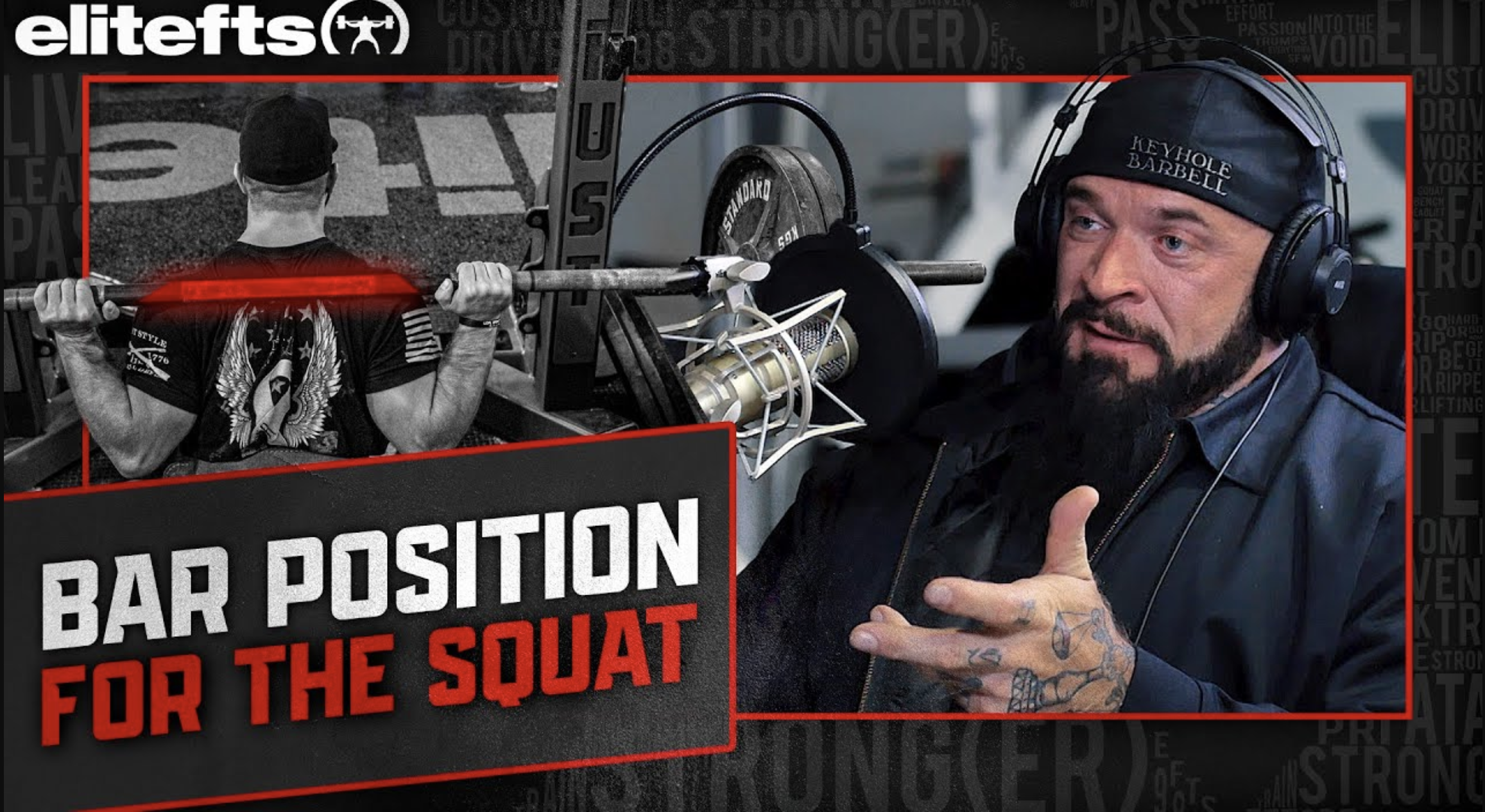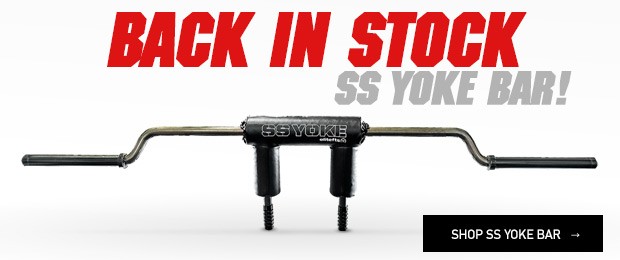
Due to the nature of becoming a monstrously jacked and bloated meathead of a powerlifter, it can get harder over time to be able to get your shoulders in a comfortable enough position for a low bar squat. Most powerlifters eventually reach a careful juggle between bench and low bar squat volume to ride the line of what causes them elbow pain. This isn’t a given for everyone, especially if they improve their shoulder mobility (or sub low bar out for more SS Yoke Bar work). If low bar positioning isn’t agreeing with you there’s a couple of common mistakes that Swede Burns sees people making.
Number one is to stay on top of the mobility work. If the pain stems from your shoulders being unable to get into the correct position and you can fix it, you won’t need to worry about putting band-aids on your current training plan. You can also ask yourself if you’re pushing for too extreme of a low bar position. If moving the bar an inch lower on your back only adds ten pounds to your squat max but ruins your bench training, just squat with a bar position that is pain-free and stable. We all have different abilities due to bone structure, muscle mass, injury history, and natural flexibility, so don’t force the lowest bar position possible. The most common adjustment Swede makes to his client’s squat form is moving the bar up an inch or more. It tends to bring huge amounts of relief to their shoulders with little to no change in actual weight lifted, and often accompanies an increase in bench and deadlift strength from better pain-free training.
“What's the best answer for your total?”
Given the initial question addresses only having a movement deficiency in one arm, it is often best to get in touch with a physical therapist or some other medical practitioner. If your shoulders give you consistent pain, a change in bar position can only do so much.
If you’re taking all the steps you can to improve your mobility and you’re still looking for a quick fix, Swede drops some golden technique nuggets as well. Wearing wrist wraps while squatting can help you get into a better position by taking some of the stress off of your elbows and shoulders with a more solid wrist. If you’re pulling the bar into your back on the squat, you should probably stop. Pulling down on the bar is going to come back to bite you when you hit the bottom of a squat and the bar flexes, and even a squat bar will flex a little. When the bar whips back up it’s going to torque your shoulders and elbows even harder.
At the end of the day, you have two other lifts besides the squat. Don’t allow tunnel vision to make you lose sight of what is most important — improving your total at the meet.
Text By Mason Nowak














